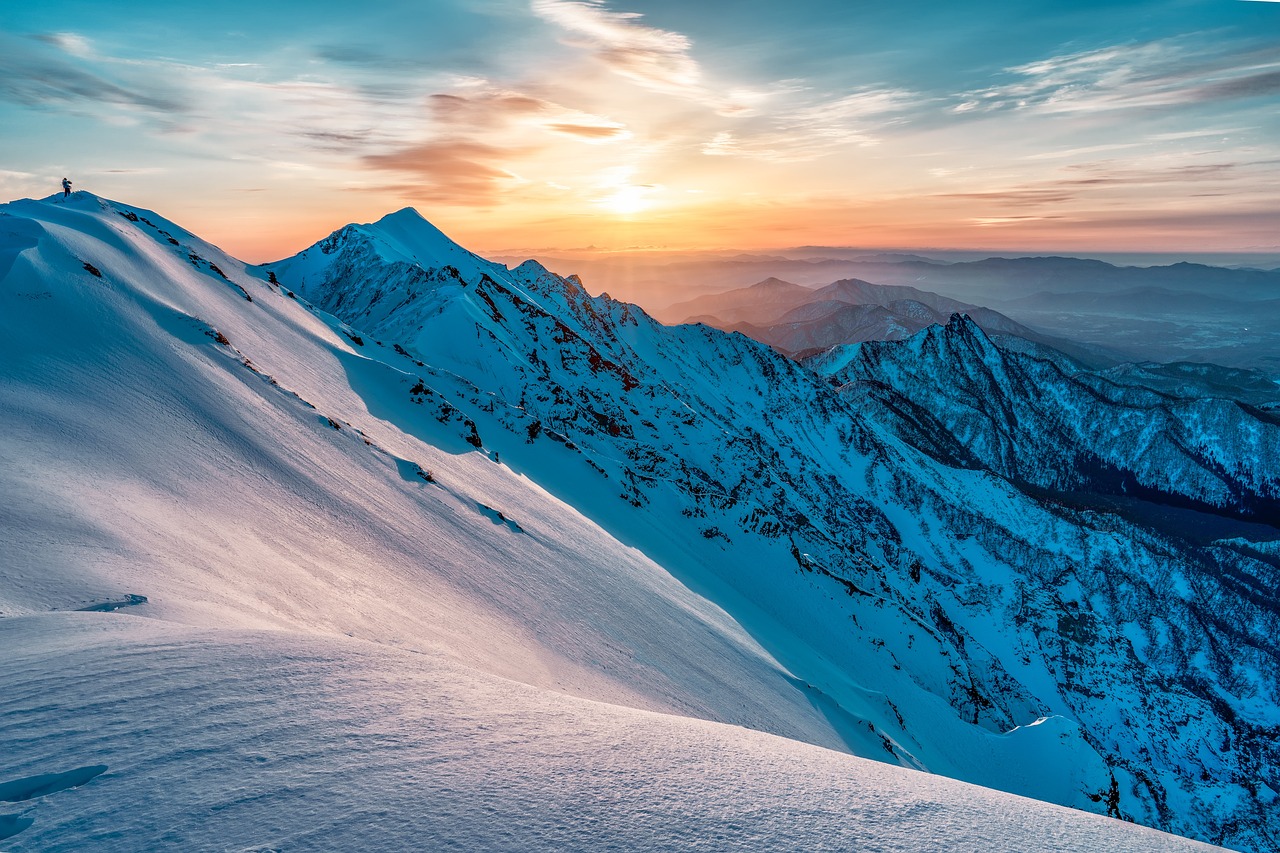
Does it snow in Italy ?
Jun 29, 2023
Does it Snow in Italy?
Italy is undoubtedly one of the world's top travel destinations, known for its Mediterranean charm and picturesque mountains. The country boasts a Mediterranean climate with dry summers and wet winters.
While Italy does experience snow, the distribution is not equal throughout the country. Some regions have mild winters, while others endure bone-chilling cold. The winter season in Italy typically spans from December to February.
Snowfall in Italy varies depending on the month and region. Let's delve into a detailed breakdown of each winter month in Italy.
December Snowfall:
December marks the onset of winter in Italy. Temperature changes become evident, and the days grow shorter as the cold sets in. On average, Italy receives about 1.2 cm (0.47 inches) of snowfall in December.
Northern Italy experiences the coldest temperatures in December. Cities like Milan have lows ranging from 3 to 7 degrees Celsius (37 to 45 degrees Fahrenheit). As you venture higher into the Alpine regions, the cold becomes more intense, with frigid nights and snow-filled days.
Central Italy, including Rome, also experiences its coldest temperatures in December, ranging from 12 to 16 degrees Celsius (54 to 61 degrees Fahrenheit).
Southern Italy is relatively milder, with temperatures ranging from 12 to 16 degrees Celsius (54 to 61 degrees Fahrenheit). The cold in the south is gentler compared to the north.
January Snowfall:
As winter progresses, temperatures continue to drop in January. The "Giorni Della Merla," the coldest days in Italy, fall on January 29th, 30th, and 31st.
January brings the lowest average temperature of 3 degrees Celsius (37 degrees Fahrenheit) in Italy. The average snowfall for the month is around 1.3 cm (0.51 inches).
February Snowfall:
Early February can still be notably cold, particularly in northern Italy. However, by mid-February, Italy begins to warm up. Central Italy experiences slightly higher temperatures than the north, with less snowfall. The southern regions are the coziest, attracting visitors seeking respite from the chill in the north and central areas.
In February, average temperatures range from 4 to 13 degrees Celsius (38.3 to 55.4 degrees Fahrenheit). The average snowfall for the month is approximately 1.2 cm (0.43 inches).
Snowfall in Italian Cities:
Snowfall in Italy varies among different cities. Some cities receive more snowfall than others, while some rarely witness snow. When snow does fall, it often becomes a spectacle that inspires various festivals.
Milan:
Milan, Italy's largest mainland city and a renowned fashion capital, experiences moderate to harsh winters due to its location in northern Italy. However, snowless winters are not uncommon. Despite the cold, temperatures rarely drop below 1 degree Celsius. Milan receives approximately seven days of snow per year, with the winter ofbeing the last heavy snowfall season, accumulating almost 32 inches of snow.
Rome:
Rome, known for its rich culture, art, and history, has experienced snowfall in the past, although it is a rare occurrence. The last snowfall in Rome was in 2014, preceded by a 26-year gap. When snow does fall, it becomes a cause for celebration throughout the city.
Venice:
Venice, a captivating destination known for its canals and unique charm, experiences significantly smaller-scale snowfall compared to the Italian Alps. Snow falls in Venice are unpredictable and daytime temperatures vary from 6 to 8°C (43 to 46°F). Snowfall occurs twice a year in Venice but rarely accumulates.
Florence:
Florence, located in northern Italy, is a city known for its art and history, and it is the birthplace of Leonardo Da Vinci. Additionally, opera as a genre was invented in Florence.
While it does snow in Florence, the amount of precipitation is insignificant. Snow-accumulating winters occur only once every few years. If you wish to experience snowfall in Florence, I recommend visiting in late January or early February.
Ski Resorts in Italy:
For all the snow lovers out there, Italy offers some of the world's best ski resorts, thanks to the majestic Italian Alps. Whether you're a first-time skier or a seasoned skier, there's something for every taste.
Cortina d'Ampezzo:
Cortina d'Ampezzo, also known as "The Queen of Dolomites," is arguably the top ski resort in Italy. It was even featured in the James Bond 007 movie "For Your Eyes Only." Its highest point is Tofana, and the largest is Pomedes. If you're a beginner, I recommend visiting Cortina.
Val Gardena:
Val Gardena is smaller than Cortina d'Ampezzo, making it a great alternative for visitors during the high-peak ski season. With fewer crowds, it offers a more intimate skiing experience. Val Gardena also boasts the longest ski slope in South Tyrol.
Sestriere and Val Chisone:
Once considered a "hidden" resort exclusive to wealthy and well-known winter athletes, Sestriere and Val Chisone came to life after the 2006 Winter Olympics. The resort features approximately 163 skiing trails, including 40 beginner trails, 30 expert trails, and the rest being intermediate.
 Italian
Italian Spanish
Spanish French
French Chinese
Chinese German
German
